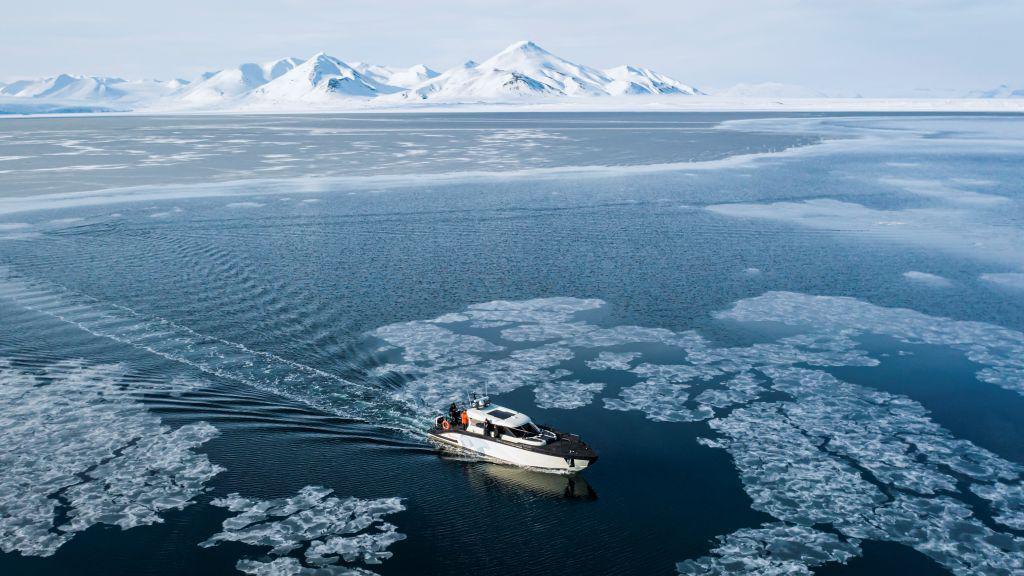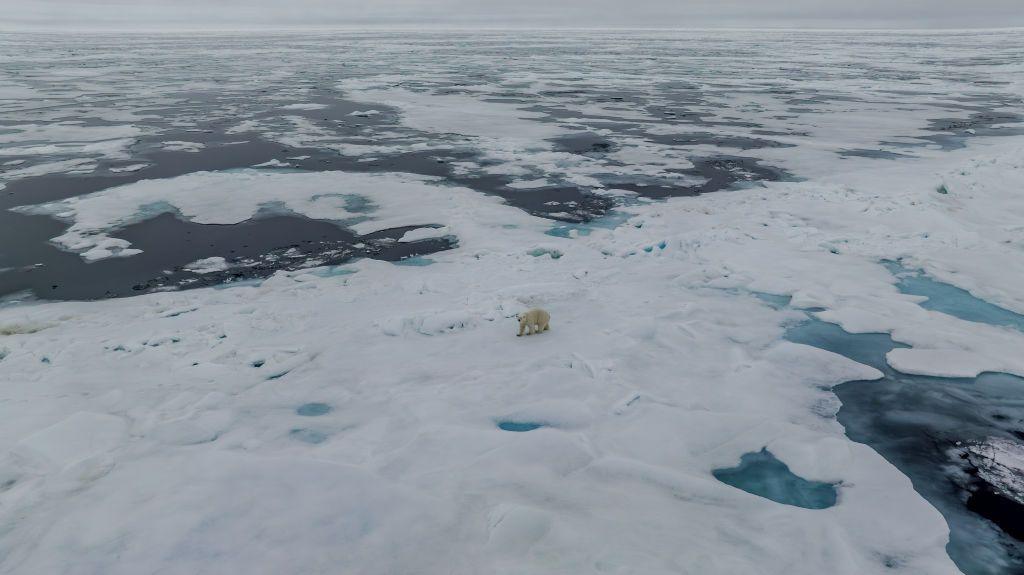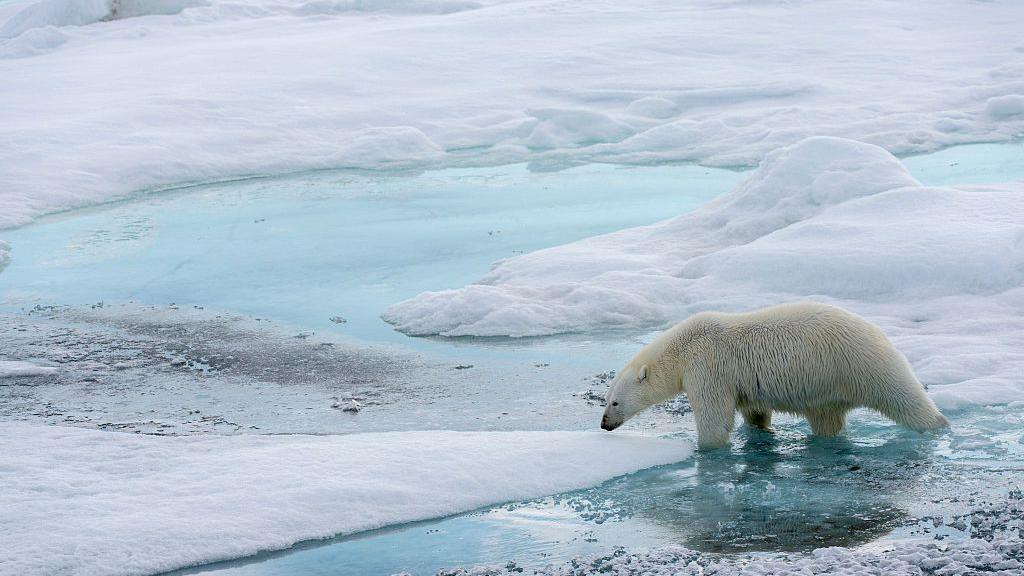Why Nasa is flying over the Arctic to study sea ice

There's lots of sea ice in the Arctic - but much of it has melted in the past hundred years
- Published
Nasa is on a mission over the Arctic to look at sea ice.
It wants to study the impact global warming has had on our sea ice, and see how much we have left.
The plan is to have two aircrafts travelling over the summer to see how much the sea ice changes during the season.
As well as rising temperatures, Nasa hopes to find out what effect pollution is having on the quality of the ice.
- Published30 March 2021
- Published24 January 2024
- Published28 November 2023
What is ARCSIX?

Nasa's new mission will look at how sea ice changes throughout summer
Nasa's recent mission - ARCSIX - will be looking at different areas of sea ice across the summer.
ARCSIX stands for Arctic Radiation Cloud Aerosol Surface Interaction Experiment.
It might not sound very catchy, but it means Nasa will be looking at how clouds and aerosols drifting through the air can impact sea ice.
Throughout May and June, a lot of sea ice begins to melt as it warms up for summer.
At the end of the season, in late August, it starts to freeze up again.
Nasa will send two missions out, at the start and the end of the season, to compare sea ice at these different times.
What's so important about sea ice?

Polar bears rely on sea ice for their survival
Lots of animals rely on the ice in the Arctic Ocean.
Polar bears use sea ice to hunt for food, while seals and walruses use it to rest and give birth to their young.
Sea ice also helps keep the Arctic cold. The bright ice reflects the Sun's light back into space, so the Earth doesn't absorb as much of its heat.
When there is less sea ice, not as much sunlight is reflected back into space, so temperatures in the polar regions rise.
These warmer temperatures mean more melting, which means less sea ice - and the cycle continues, having a warming affect on the area, whilst damaging habitats for Arctic animals.
